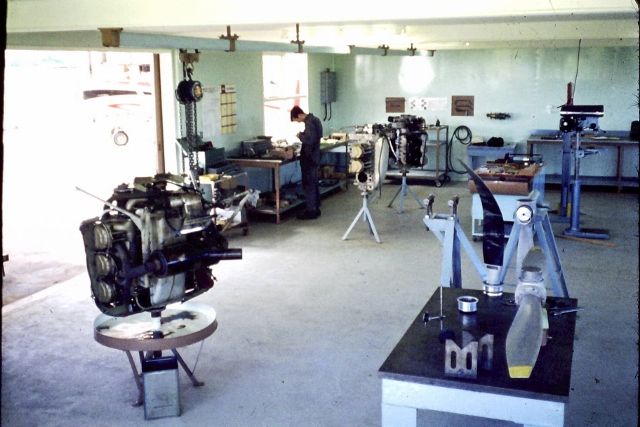Because of the variations introduced by the angles of the probe end of the finger clock, they are not really suitable for absolute measurement. Mine is used almost exclusively for centering work (OD or ID) in a 4 jaw chuck. Finger clocks (Sometimes referred to as Verdict clocks, after one of their makers) are usually made with fine graduations, 0.0005", but have travel limited to about 0.030" for imperial ones. If you can get work running true to within 0.0005", it is not far out.
A Plunger Clock will have a much longer travel, and being linear, can be used for measurement, rather than just comparison. Being larger, (Having dial diameters of 38, 50mm, or even larger, they can be less easy to read if working very close to, and fouling, the chuck jaws). Obviously, can be used to check / measure the depth of steps or slots, or offset movements, on the milling machine.
For accuracy of measuremet, the plunger needs to be perpendicular to the work surface, in both planes.
Either type can be mounted on a Magnetic Base, a Scribing Block (surface gauge), a holder on a Height Gauge, or in a Toolpost.
Ideally, to cover all eventualities, both have their uses in a workshop.
As already said, "Horses for Courses"
Howard
fishy-steve.





